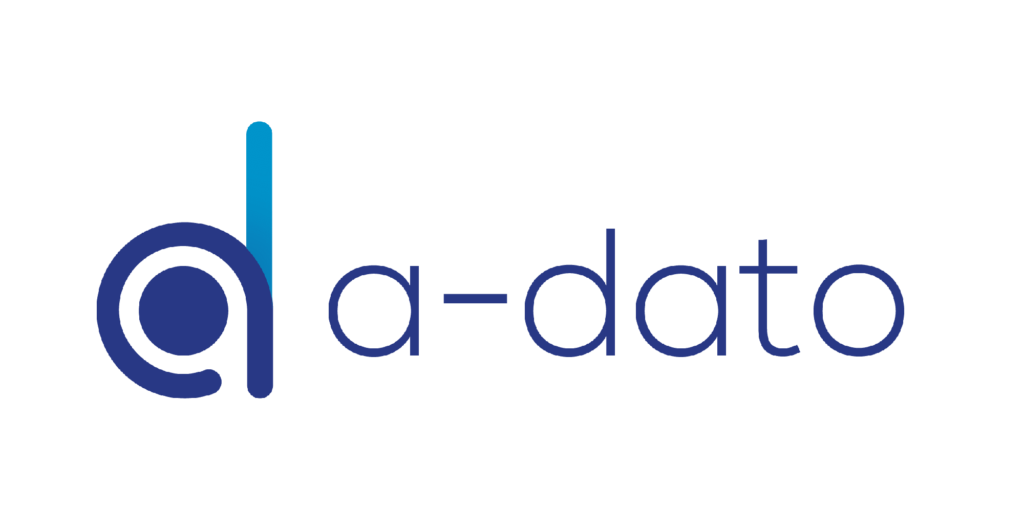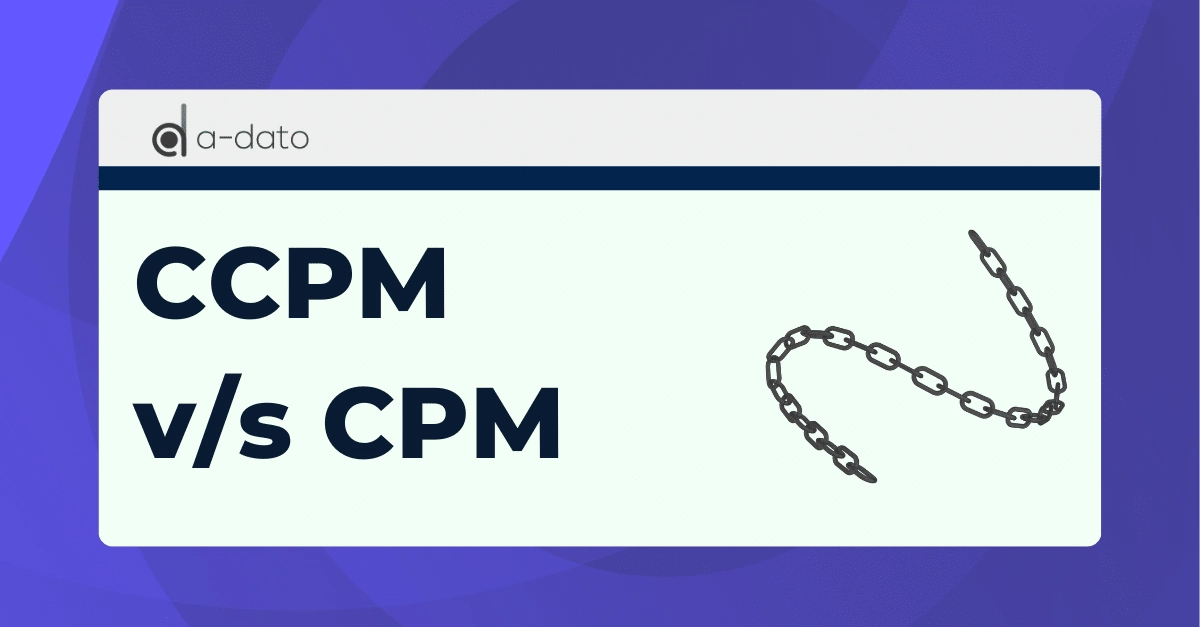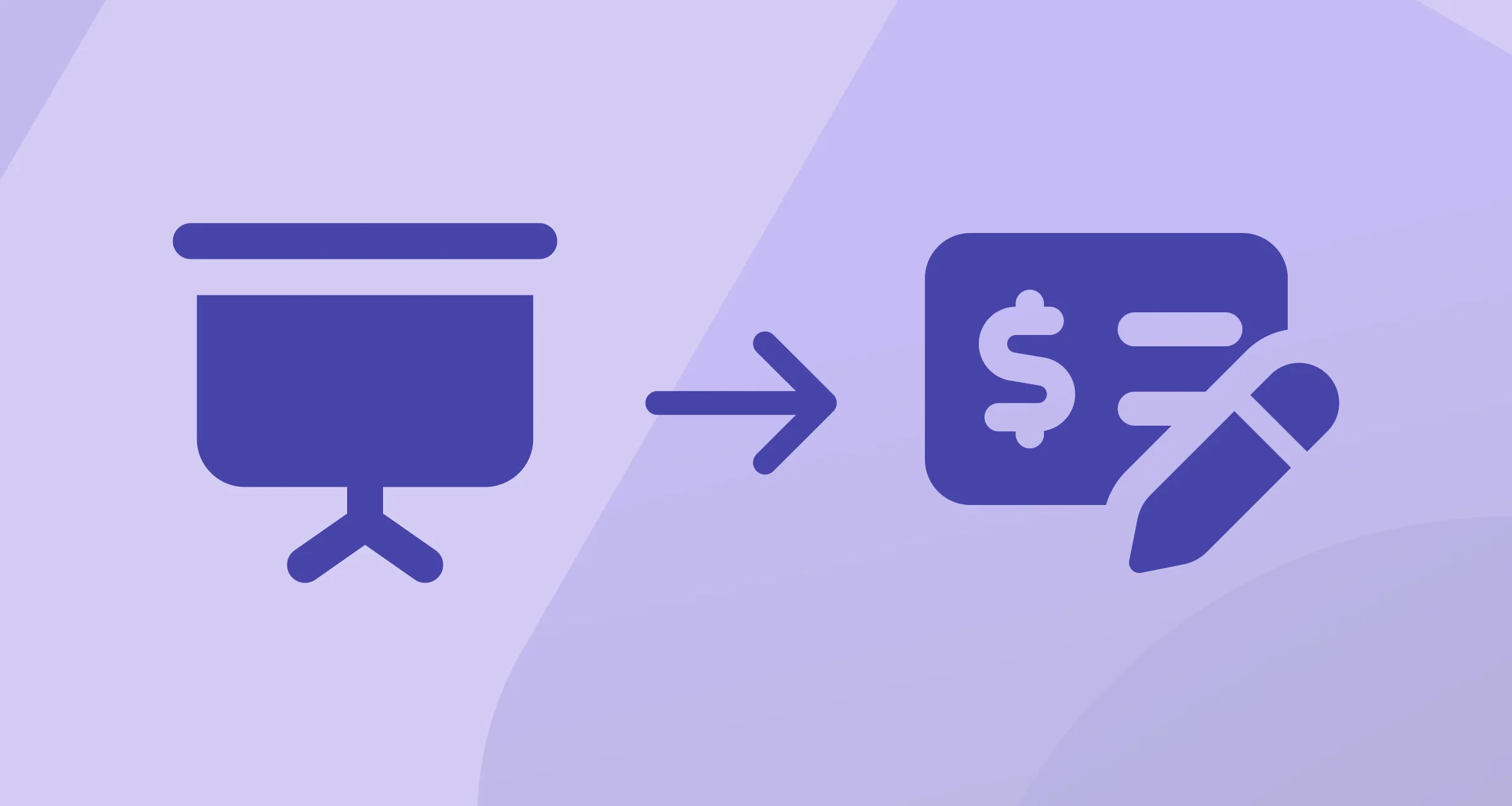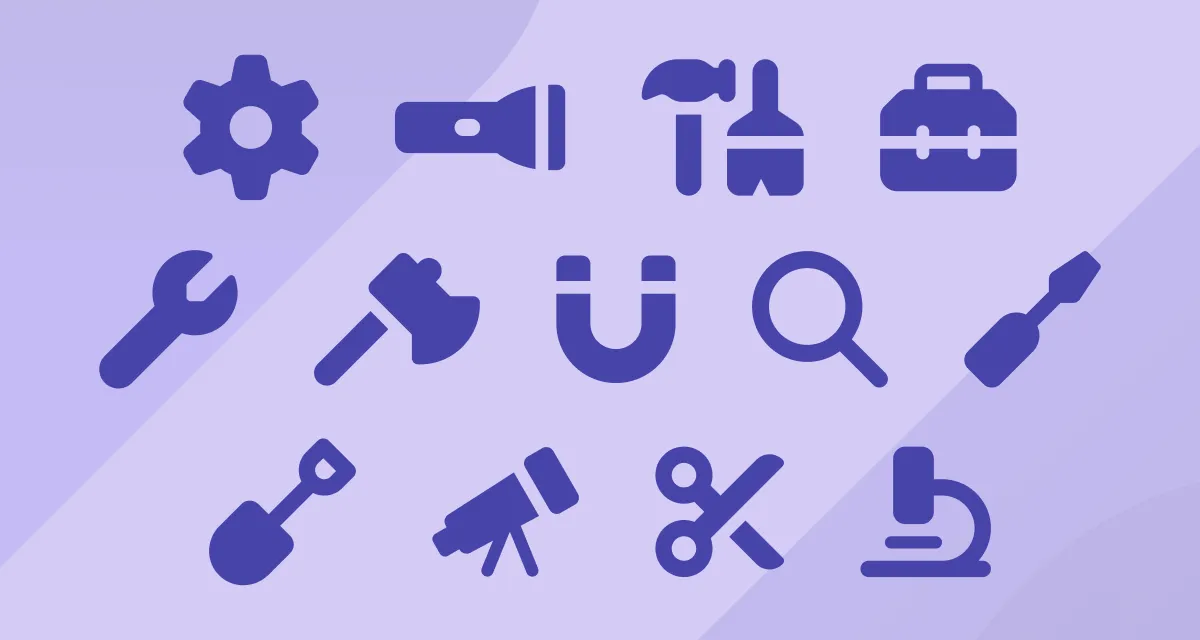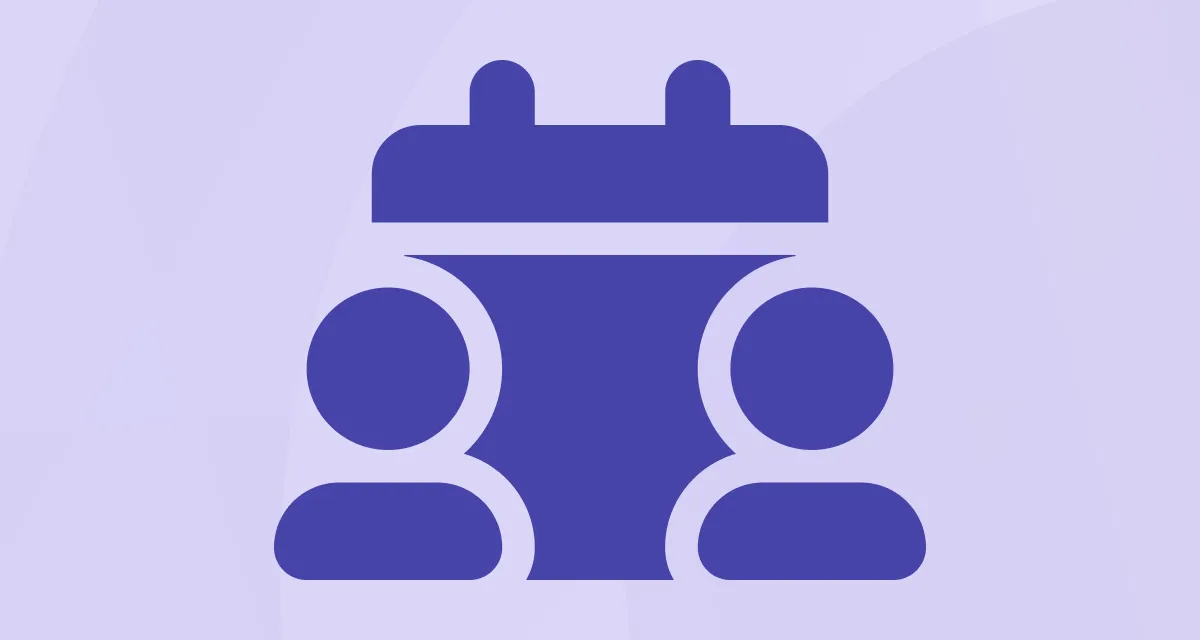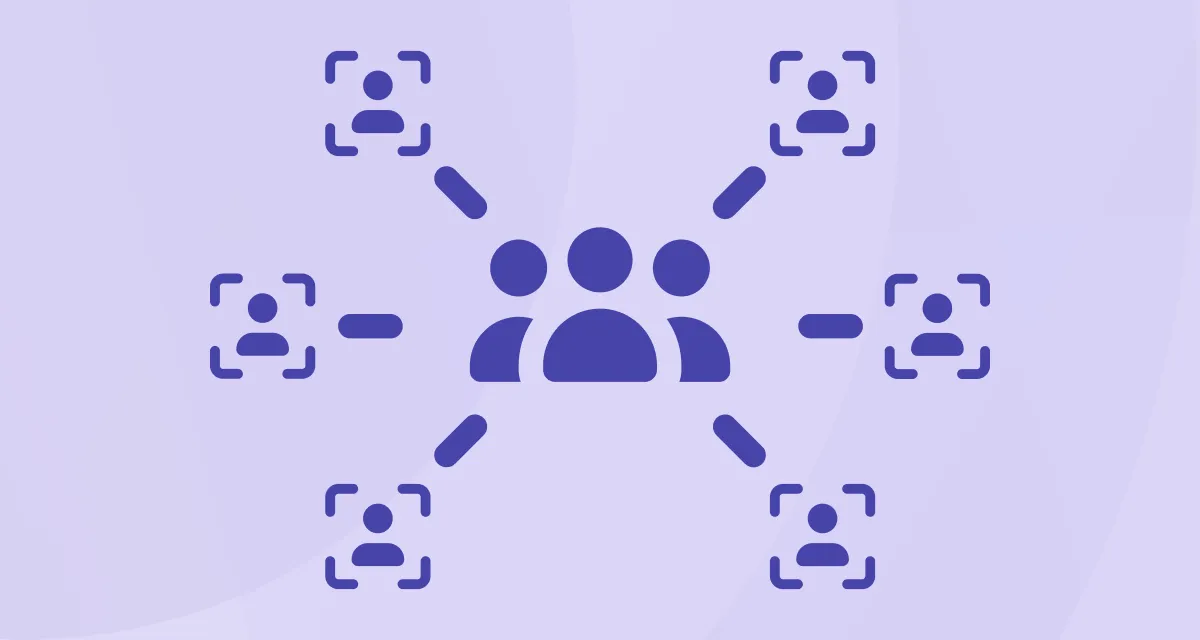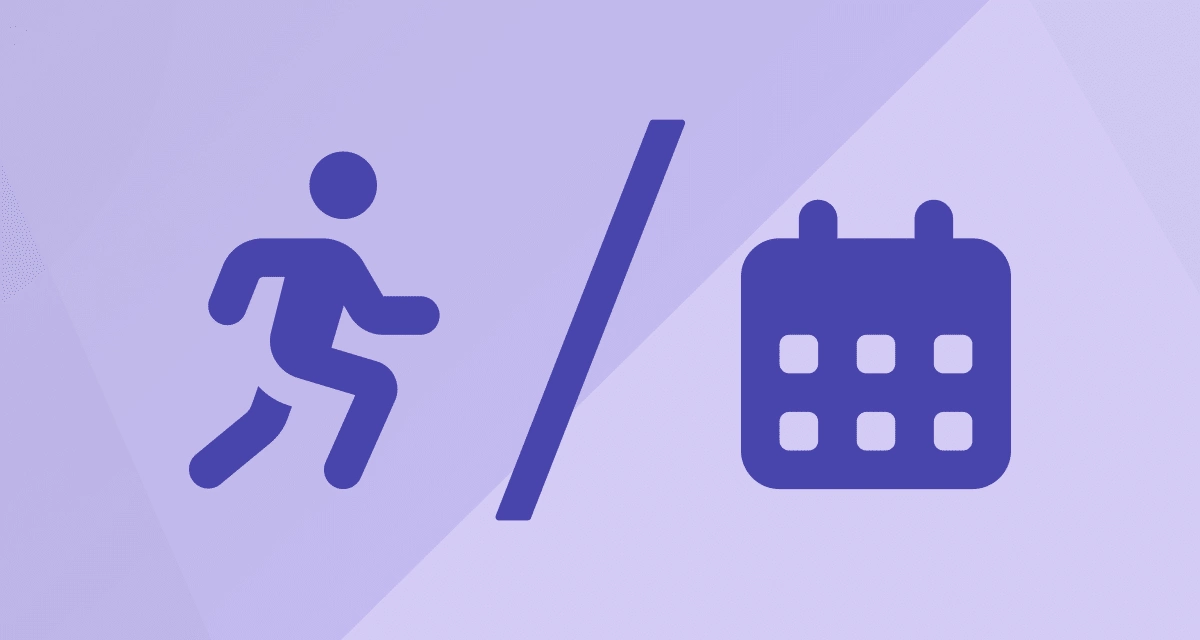The Critical Path Method (CPM) is one of the most widely used project management methodologies, with its origins tracing back to the 1950s (Deacon & Van Der Lingen, 2015). However, despite the widespread adoption of CPM and similar traditional methods, a survey by the Project Management Institute showed that 65% of projects still face delays or budget overruns. Given this regular failure, it’s important to consider alternatives such as Critical Chain Project Management (CCPM). Ultimately, the choice of methodology is made while considering several criteria, such as the project type, company culture, and the project team amongst others. While no methodology is inherently ‘better’ than another, CCPM can offer significant advantages over CPM. This article will illustrate some of these advantages, providing insights into which of these two methods is the best for you.
Contents
- 🔄 Holistic Scheduling Approach
- 📊 Statistically Grounded Duration Estimates
- 📈 Advanced Progress Tracking
- 🌐 Adaptability to Modern Project Demands
- 🧠 Psychological Benefits
🔄 Reason 1: Holistic Scheduling Approach
One of the key limitations of the Critical Path method is its assumption that all resources will be available throughout a project. By its very definition, the Critical Path is the “longest path of dependent tasks (determined by the days of estimated effort)” (Kendall, 2020). As a result, CPM considers task dependencies but not resource dependencies. In contrast, the Critical Chain method places a strong emphasis on resource dependencies in addition to task dependencies, ensuring that every task has the necessary manpower and materials when needed. This holistic approach ensures a more realistic and adaptable project plan, addressing one of the major limitations of traditional CPM methodologies that often overlook the complexities of resource allocation and constraints.
📊 Reason 2: Better Project Duration Estimates
CCPM’s consideration of resources in addition to tasks also results in better project duration estimates. In the A-dato whitepaper ‘Why Scheduling Matters’, we note that “even if projects begin with ideal resource availability to adhere to the Critical Path, the reality is that the availability of crucial resources can change or decrease as the project progresses. As such, the expected remaining duration of a project increases suddenly as well”. In contrast, CCPM solutions such as the LYNX software by A-dato provide faster project schedules due to its awareness of critical resources and the tasks that require them.
📈 Reason 3: Progress Tracking
Another significant advantage of CCPM over CPM is its superior ability to track the progress of a project. Regarding tracking progress, CPM utilizes the ‘earned value’ method. Simply put, the ‘earned value’ method forecasts the progress of a project with consideration to efforts, costs, and other factors required to make the project move. However, Leach (2000) notes that “few people really understand the meaning of earned value measurements and how to use them for project management”.
On the other hand, CCPM tracks progress by monitoring the usage of buffers and setting thresholds of buffer usage that, once crossed, trigger action. For instance, 35% buffer usage might trigger a ‘warning’, and 65% buffer usage could trigger an ‘urgent’ status. This approach has two key advantages. First, it provides an easy way to prioritize tasks and resources. Additionally, this prioritization is not fixed, it’s variable and will adapt in real time depending on the actual project progress.
🌐 Reason 4: Adaptability to Modern Project Demands
The dynamic nature of contemporary projects, characterized by complexity and constant change, demands a more adaptable and nuanced project management approach. CCPM’s flexibility in dealing with uncertainties and its emphasis on efficiency makes it particularly suited to the challenges of modern project management, providing a clear advantage over the more rigid and traditional CPM approach.
🧠 Reason 5: Psychological Benefits of CCPM
“When too many projects are executed simultaneously many resources will find themselves under pressure to work on more than one task – bad multi-tasking is unavoidable. Prolific bad multi-tasking significantly prolongs each project’s lead time.” – Dr. Goldratt (Strategy and Tactic Tree, Project Management).
One of CCPM’s key advantages is its consideration to psychological factors that can impact projects, such as multitasking. Moreover, CCPM leverages aspects such as Parkinson’s Law, which suggests that work expands to fill the time allowed for it. By strategically “hiding” extra time and setting more aggressive task durations, CCPM encourages team members to work more efficiently. This not only helps in keeping the project on schedule but also fosters a culture of productivity and accountability within the team.
While both CCPM and CPM have their merits, the unique advantages offered by CCPM, especially in terms of reliability, comprehensive scheduling, advanced progress tracking, adaptability, and psychological benefits, make it a compelling choice for project managers facing the complexities of today’s project environments.
Want to learn about the LYNX Software by A-dato uses CCPM? Click here.
Want to see it in action? Book a free demo with us!
References
- Deacon, H., & Van Der Lingen, E. (2015). The use of the critical path and critical chain methods in the South African construction industry. DOAJ (DOAJ: Directory of Open Access Journals). https://doaj.org/article/b262c27a0afd439bbd2b817f75a5775e
- Kendall, G. (2020). Critical chain and critical path – what’s the difference? com. https://exepron.com/wp-content/uploads/2021/12/Critical-Chain-and-Critical-Path-What-s-the-Difference-By-Gerald-I.-Kendall-.pdf
- Larry Leach, 2000, “Critical Chain Project Management Improves Project Performance.” Project Management Journal, 30 (2), 39–51
- Piney, C. (2000). Critical path or critical chain—combining the best of both. PM Network, 14(12), 51–54.
- White, J. C. & Sholtes, R. M. (2011). Going beyond CPM. Paper presented at PMI® Global Congress 2011—North America, Dallas, TX. Newtown Square, PA: Project Management Institute.
